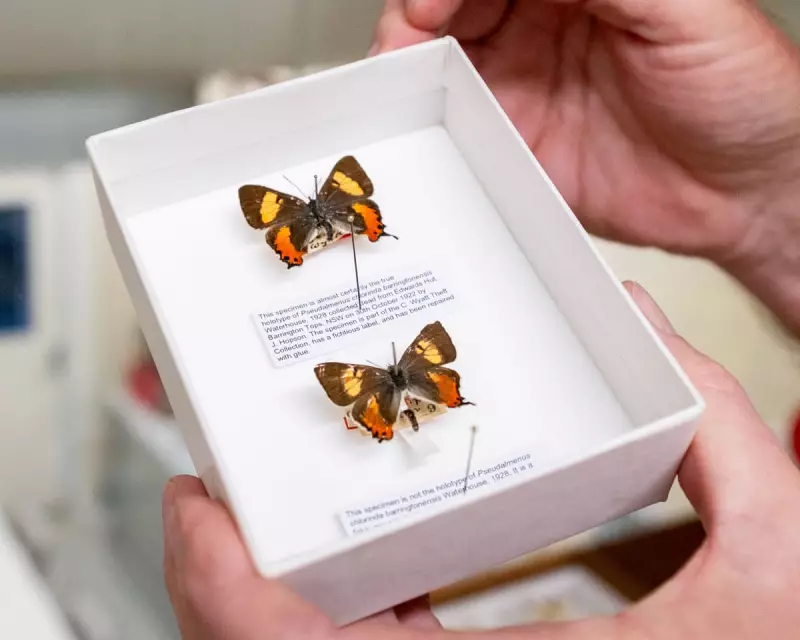
In what authorities are calling one of the most brazen natural history crimes in recent memory, an obsessive butterfly collector systematically stole thousands of precious specimens from Australian museums in an elaborate heist that spanned multiple institutions.
The meticulous operation
The thief, identified as a passionate collector with an extensive knowledge of lepidopterology, targeted some of Australia's most significant natural history collections. Using his expertise and patience, he managed to remove rare and valuable butterflies while avoiding detection for an extended period.
Investigators revealed that the perpetrator employed sophisticated methods to bypass security systems and access restricted areas where the most valuable specimens were stored. His deep understanding of museum operations and collection management allowed him to operate with surprising stealth.
The scale of the theft
The scale of the operation is staggering, with thousands of specimens disappearing from multiple museums across Australia. The stolen collection included:
- Rare and endangered species
- Historically significant specimens dating back centuries
- Type specimens used for scientific classification
- Butterflies with unique genetic characteristics
- Specimens collected during important scientific expeditions
Discovery and investigation
The thefts came to light when curators noticed discrepancies in their collections during routine audits. Museum staff initially suspected cataloguing errors or misplacement, but as patterns emerged, the disturbing truth became apparent.
Forensic investigators were brought in to examine the crime scenes, using advanced techniques to identify how the thief operated and what security vulnerabilities he exploited. The investigation revealed a pattern of carefully planned visits and methodical thefts.
Impact on scientific research
The loss represents a significant blow to scientific research and conservation efforts. These specimens served as crucial reference materials for studies on biodiversity, climate change, and evolutionary biology.
Many of the stolen butterflies were irreplaceable, having been collected during historical expeditions or representing populations that are now extinct in the wild. Their absence creates substantial gaps in our understanding of insect populations and their changes over time.
The collector's motivation
Authorities believe the thief was driven by an obsessive passion for butterflies rather than financial gain. Unlike typical art thieves who target valuable pieces for resale, this collector appeared motivated by the desire to possess these rare specimens for his private collection.
This psychological profile presents unique challenges for investigators, as the stolen items are unlikely to appear on conventional black markets or through typical fencing operations.
Enhanced security measures
In response to the thefts, museums across Australia and internationally are reviewing their security protocols for natural history collections. Many institutions are implementing:
- Enhanced access controls for collection areas
- Improved inventory tracking systems
- Regular auditing procedures
- Staff training on collection security
- Advanced surveillance technology
The case serves as a stark reminder of the vulnerability of scientific collections and the need for robust protection of our natural heritage.





